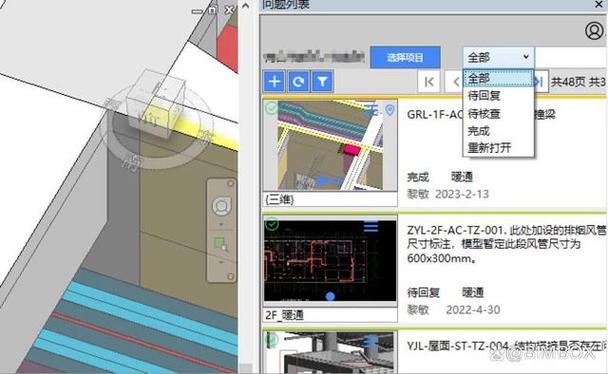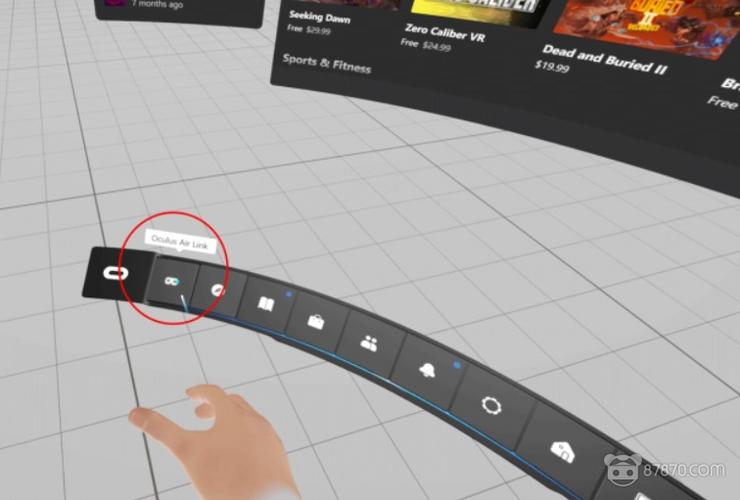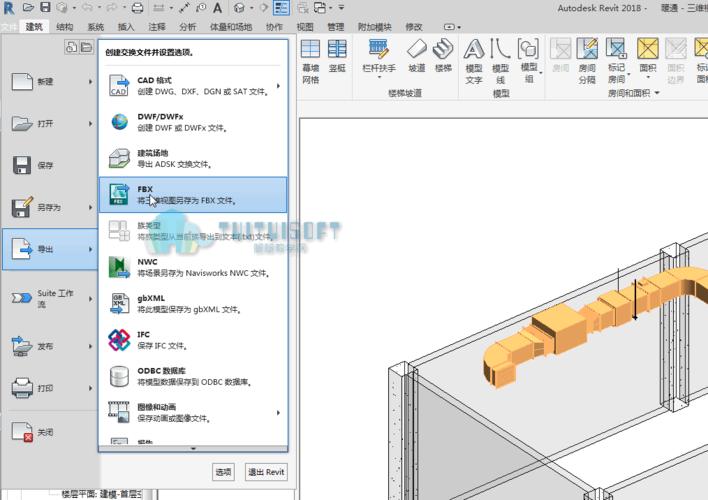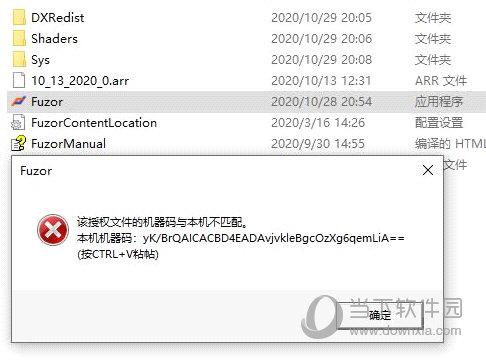
下载app免费领取会员


Revit and Fuzor Integration Plugin: Enhancing Collaboration and Efficiency
In the world of architectural design and construction, collaboration and efficiency are two key factors that can greatly impact the success of a project. Architects, engineers, and construction professionals are constantly looking for ways to streamline their processes and improve communication among team members. One tool that has gained popularity in recent years is the integration of Revit and Fuzor, a powerful combination that enhances collaboration and efficiency throughout the entire design and construction process.
Revit, developed by Autodesk, is a widely-used software that allows architects and engineers to create 3D models and documentation for building projects. It provides a platform for design collaboration, allowing multiple team members to work on the same project simultaneously. Fuzor, on the other hand, is a real-time 3D visualization and simulation software that enables users to experience their design in a virtual environment. By integrating these two software tools, architects and engineers can easily visualize their design in real-time, make adjustments on-the-fly, and communicate their ideas more effectively.
One of the key benefits of the Revit and Fuzor integration plugin is its ability to improve collaboration among team members. With the integration, architects and engineers can easily share their Revit models with other team members, who can then open and view the models in Fuzor. This allows for better communication and understanding of the design intent, as team members can experience the project in a more immersive way. Additionally, any changes made in Revit can be quickly updated in Fuzor, ensuring that everyone is working with the most up-to-date information.
The integration also enhances efficiency by providing real-time feedback on design decisions. With Fuzor's real-time visualization capabilities, architects and engineers can easily test different design options and see the impact of their decisions immediately. This enables them to make more informed design choices, saving time and resources. Furthermore, Fuzor's simulation features allow users to analyze the performance of the building in different scenarios, such as lighting conditions and energy consumption. This information can be used to optimize the design and improve the overall efficiency of the building.
Another advantage of the Revit and Fuzor integration is its ability to streamline the construction process. Fuzor's clash detection feature allows users to identify and resolve any clashes or conflicts in the design before construction begins. This minimizes the need for costly rework or changes during construction, saving time and money. Additionally, Fuzor's construction simulation capabilities enable construction professionals to plan and coordinate the various phases of the construction process more effectively. They can simulate the construction sequence, identify potential issues, and optimize the construction schedule to ensure a smooth and efficient workflow.
In conclusion, the integration of Revit and Fuzor provides architects, engineers, and construction professionals with a powerful tool to enhance collaboration and efficiency. By visualizing the design in real-time and simulating different scenarios, team members can communicate their ideas more effectively and make informed design decisions. The integration also streamlines the construction process by identifying and resolving clashes in the design and optimizing the construction schedule. Overall, the Revit and Fuzor integration plugin is a valuable addition to any design and construction workflow, improving communication, efficiency, and ultimately, the success of the project.
.jpg)
本文版权归腿腿教学网及原创作者所有,未经授权,谢绝转载。

上一篇:Fuzor教程 | Revit和Fuzor之间的数据不同步问题
下一篇:Fuzor教程 | Fuzor与Revit - 助力建筑设计的完美结合
推荐专题






.jpg)





































